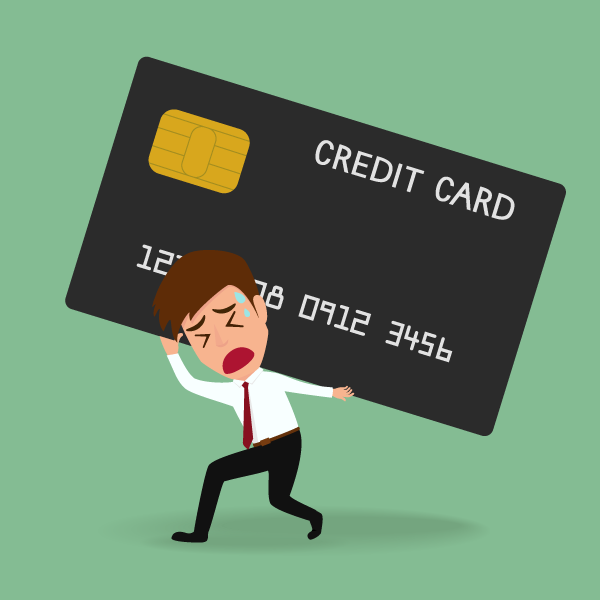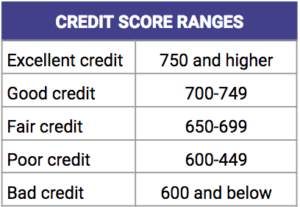
Credit card companies offer many services and products. One of the best ways to compare them is to go online. You can find websites that review different products and group them based on their main functions. These sites can be used to search for student credit cards. They will also list their rates as well as benefits. These sites can be used to compare the pros and cons of different credit cards if you are looking for one.
The interest charges charged by different card issuers vary greatly.
The interest charges you pay on your credit card cards will vary depending upon the issuer. Some issuers charge "teaser fees" of zero percent for your first few months, while others charge up 40 percent for each month. Individual states may also set interest rates. The rates can vary greatly in states like South Dakota, which has no interest rate limit, and Delaware, which has weak usury law,
For different creditworthiness levels, the interest rates charged by credit cards can be different. Some cards may have a higher rate for borrowers with lower credit, while others have lower rates for those with higher credit scores. The prime interest rate banks charge to their most creditworthy clients determines your interest rates.

Interest rates vary widely from card issuer to card issuer
While credit card interest rates fluctuate widely, the average rate is around 17% for at least the first half. NerdWallet says that interest rates on credit cards are determined based on consumer credit ratings. Lower rates are associated with a higher credit score. Better credit is associated with higher rates of repayment.
New regulations regarding credit card charges have caused some banks to increase interest rates while others increased fees. The Federal Reserve recommends that consumers compare the fees associated to credit cards and do some research on them.
Benefits of a balance-transfer credit card
Balance transfers are a great way of improving your credit score. But, they can take time to show results. Failure to pay your balance on time can lead to more debt and a higher ratio of debt-to credit. Additionally, a balance transfer can have a negative affect on your credit history and could even cause an increase in interest rates.
A balance transfer allows you to move your credit card balance onto a card that has a lower interest rate. This will reduce your monthly payments, and allow you to pay off your balance more quickly. Many balance transfer credit cards offer an introductory period with 0% APR. These rates can be extended for up to 21 months.

Credit card loans with interest rates
The interest expense on credit card loans varies depending on the amount borrowed and the type of purchase or balance transfer you make. Your credit score as well the credit card issuer could also impact the interest rate. The APR (annual percentage rate) measures interest expenses over one year.
The interest you pay on credit cards is an ongoing cost that you will have to cover. Most issuers calculate interest expenses as an annual percent rate (APR), which can be found in the terms and condition. The APR could fluctuate depending on federal rates. Credit CARD Act of2009 prohibits issuers raising the rate without prior notification.